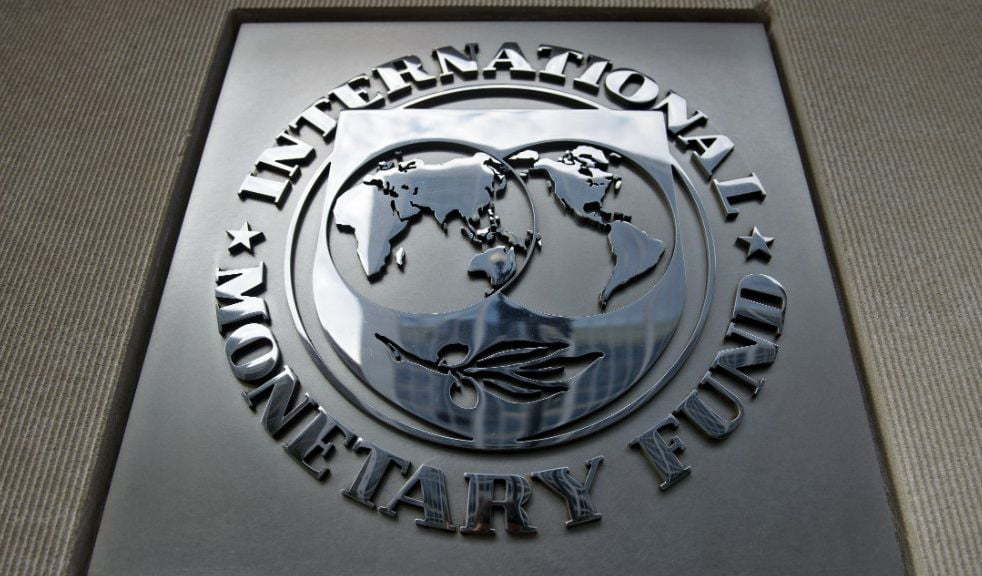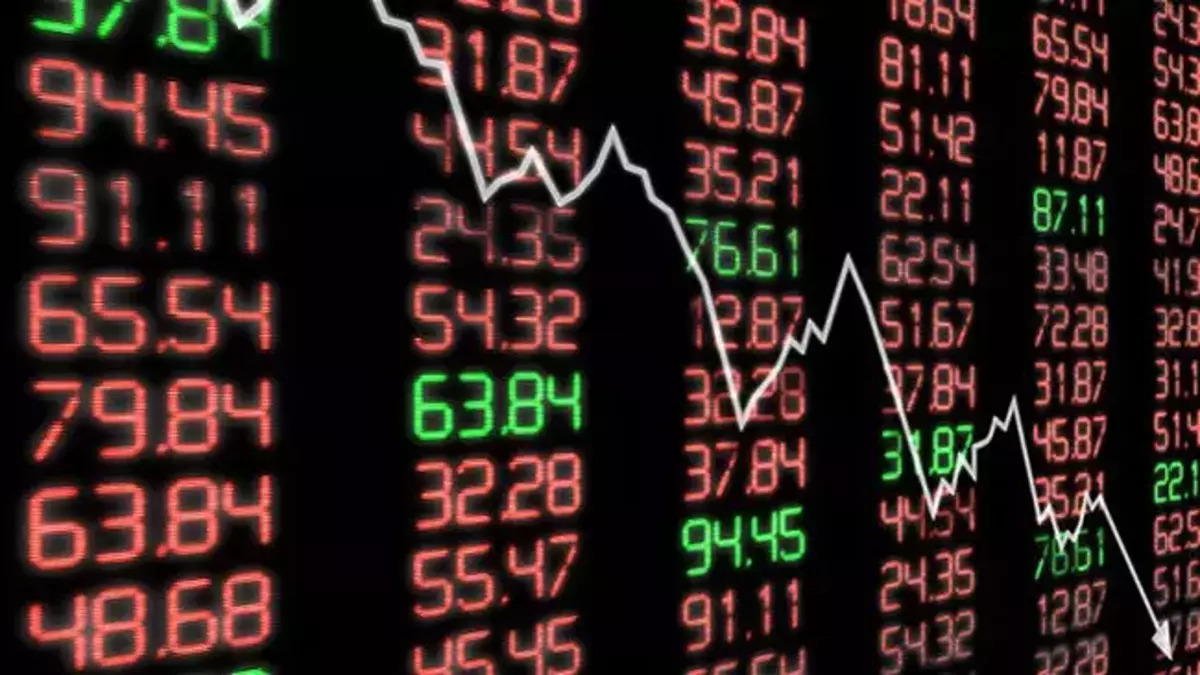The International Monetary Fund (IMF) announced that the 4th article consultation on the Eurozone economy has been completed. The Eurozone economy has shown significant resilience, thanks to the rapid policy response and strong recovery in intensive contact services after Russia’s war in Ukraine and the protracted trade shock.
However, it was stated that economic activity weakened significantly in the second half of 2022 and entered a mild technical recession in early 2023 as financial conditions tightened, real wages fell and consumer confidence fell. According to the IMF statement, although financial conditions continue to tighten in the future, the economy is expected to recover gradually in 2023 and 2024 thanks to the continued tight conditions in the labor market, recovery in real incomes, decreasing supply constraints and stronger foreign demand.
According to IMF forecasts, the Eurozone economy will grow by 0.9 percent this year, 1.5 percent next year, 1.8 percent in 2025, 1.7 percent in 2026, 1.4 percent in 2027 and 1.3 percent in 2028.
On inflation, the IMF statement emphasized that although headline inflation has fallen sharply recently, core inflation has become more persistent and tight financial conditions will limit demand, reducing inflation but requiring it to remain high for a longer period of time.
However, the statement pointed out that the uncertainties for the economy are high, and it was stated that the turbulence in the financial markets may lead to a credit contraction and an increase in risk aversion, while weak foreign demand may adversely affect the growth prospects.
In the IMF statement, it was also warned that factors such as the escalation of the war in Ukraine and the rise in commodity prices could cause new supply shocks, increase inflation and harm the economy. However, it was stated that the Eurozone economy still has a large excess savings stock and this situation may be more resilient than expected.







